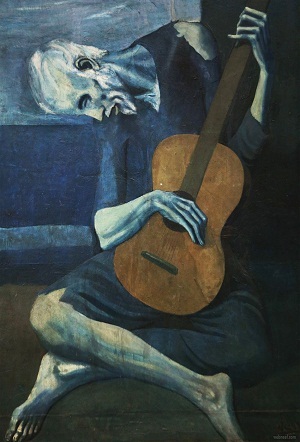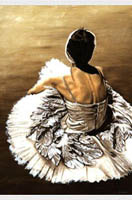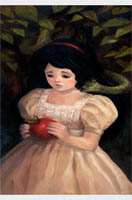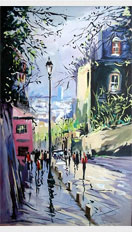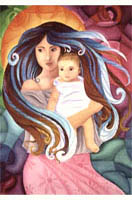PABLO PICASSO:
Pablo Picasso, born on October 25, 1881, in Málaga, Spain, was a revolutionary artist whose impact on the art world is immeasurable. With a career spanning over seven decades, Picasso's influence reached far beyond the realm of painting, encompassing sculpture, ceramics, printmaking, and more. His relentless creativity and willingness to experiment with different styles and forms earned him a place among the most influential artists of the 20th century.
Picasso showed early promise as an artist, receiving formal training at the Royal Academy of San Fernando in Madrid. However, he quickly outgrew academic traditions, thirsting for new ways to express himself. His early works, including the famous "La Vie" and "The Blue Period" paintings, revealed a deep sensitivity to human suffering and emotion, often depicted in melancholic blue tones.
The "Rose Period" that followed marked a shift towards warmer colors and a more optimistic tone. During this period, Picasso produced works like "The Family of Saltimbanques" and "Acrobat and Young Harlequin," reflecting his fascination with circus performers and the bohemian lifestyle.
The analytical phase of Cubism followed, characterized by fragmented forms and a monochromatic palette. Picasso's "Violin and Candlestick" (1910) exemplifies this approach, where objects are deconstructed into geometric planes. This radical departure from traditional representation laid the foundation for abstraction in art.
World War I and its aftermath brought about a somber tone in Picasso's work. The artist delved into neoclassicism, exploring more traditional themes and techniques. The monumental canvas "The Three Dancers" (1925) is a notable example from this period, reflecting the impact of personal and global tragedies on Picasso's artistic expression.
In his later years, Picasso's art became more playful and reflective. He embraced a more classical approach in some works while continuing to experiment with contemporary trends. The series of paintings featuring the artist and his model, as seen in "The Painter and His Model" (1963), reveal a self-awareness and introspection that characterized Picasso's later output.
PABLO PICASSO
ABOUT THE AUTHOR:
https://www.reviewpainting.com/Pablo Ruiz Picasso.htm


